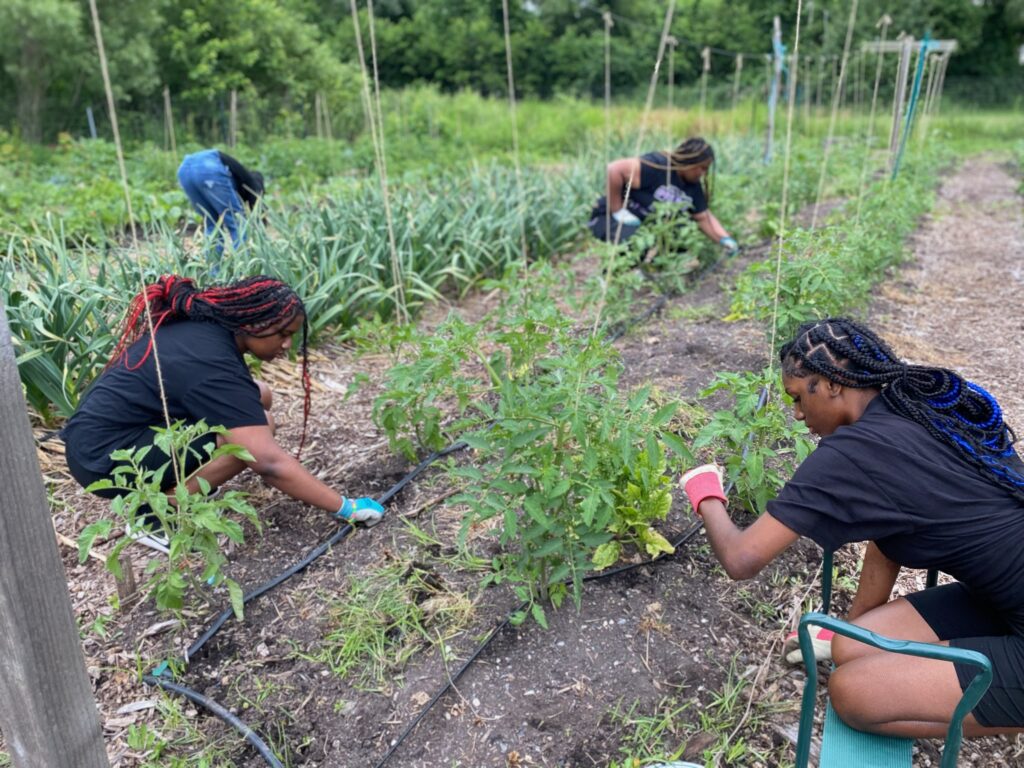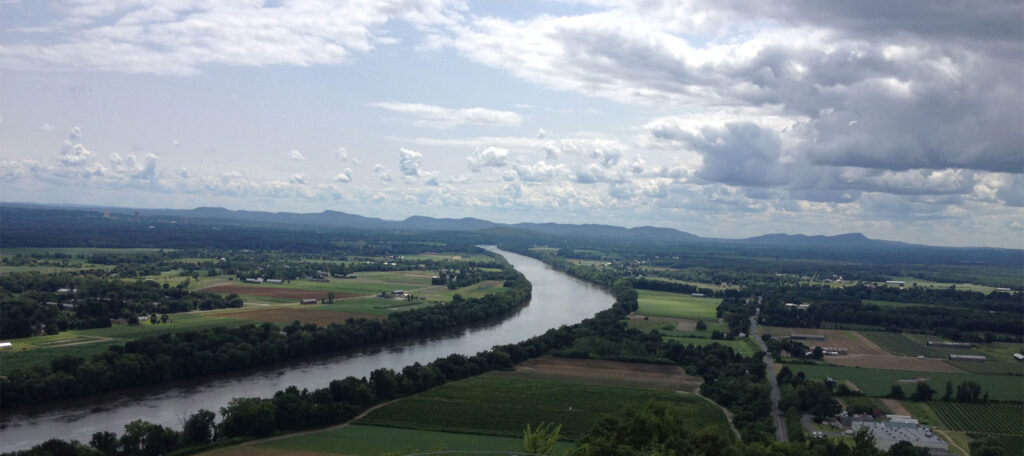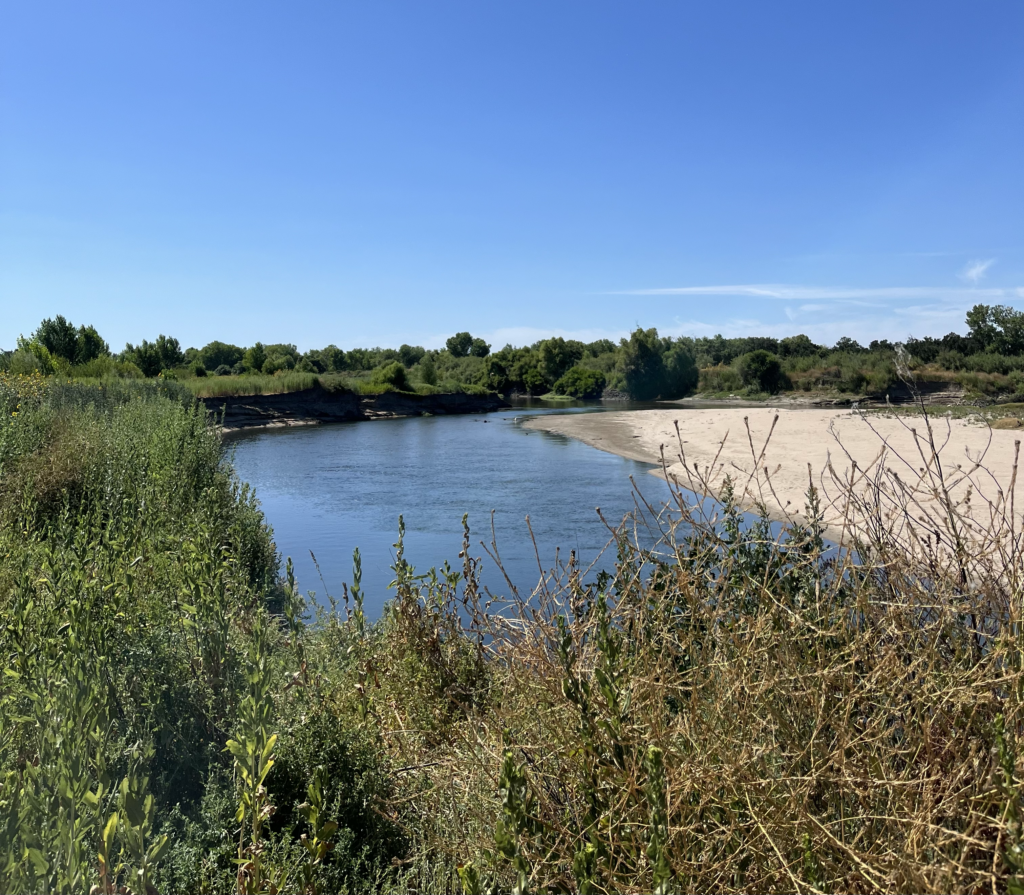The Yampa – Of History and Hope
Colorado's Yampa River serves as both a reminder of what is possible, as well as why we work so hard to preserve the last wild rivers.
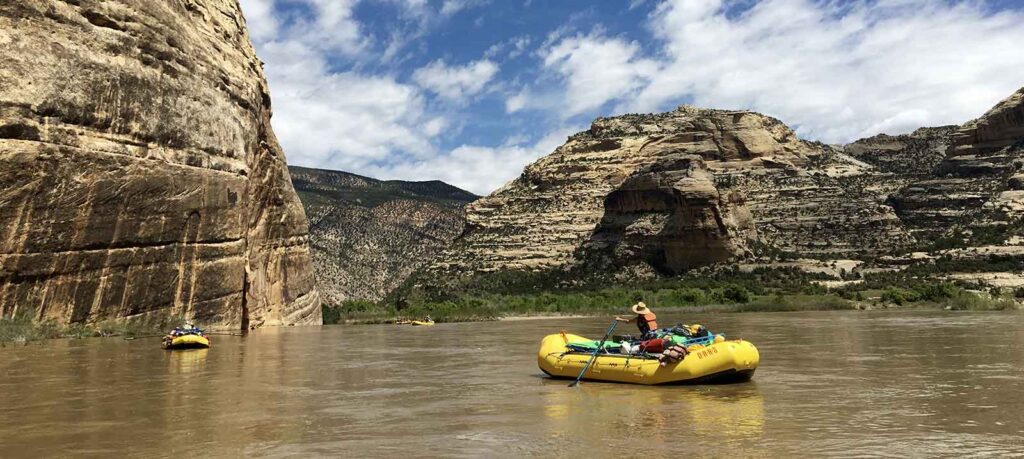
As I travel around the west I often hear stories from people who are dismayed, aghast, or flatly resigned over the rampant pace of development and how we are losing all of our special places – never to be restored to their wild nature, at least not in our lifetimes. Glen Canyon tops the list; plenty of people yearn for the days when the Colorado River ran free, prior to when the gates slammed shut in the 1960’s. They badly want the place that no one knew back, sometimes at the cost of reasonable discourse about the broad legal and societal situation in the Southwest. The Colorado Basin is a very different place in 2016 than it was in 1922.
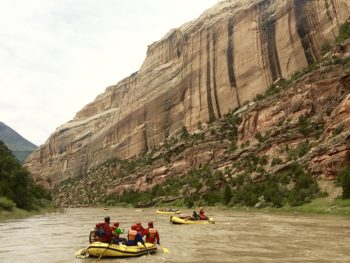
Paddling the Yampa River | Sinjin Eberle
But if there is one shining example of a preservation success story, it’s the Yampa River in northwestern Colorado. One of the last major free-flowing rivers in the Colorado Basin, the Yampa serves as both a reminder of what is possible, as well as symbolizes all the reasons that we work so hard to preserve the last wild rivers and restore damaged rivers to their more natural state.
Certainly, the Yampa is not without its scars – David Brower famously pivoted to preserve the Yampa at the expense of Glen Canyon, and as he came to realize the cost those decisions levied on Glen Canyon, he greatly regretted that such a decision had to be made. But others close to Brower have told me that there was really nothing that he could have done; the Bureau of Reclamation was set on damming Glen Canyon no matter what Brower did, and that his true victory was to keep the Echo Park Dam out of Dinosaur National Monument.
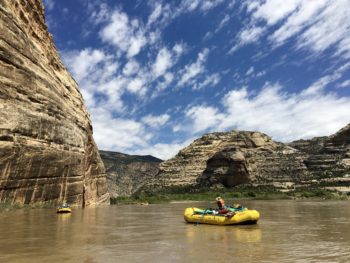
Paddling the Yampa River | Sinjin Eberle
I floated the Yampa for the first time a few weeks ago, as part of a trip put together with Friends of the Yampa and supported by O.A.R.S. Rafting. There were 20 of us, and our motley crew of visual artists, writers, conservationists, and policy experts came together to float this river for a few days. We chatted about policy and conservation ethic. We bonded with cold libations around warm campfires at night. We huddled in our tents during a cold, misty rainstorm. We contemplated silently, words not allowed, as we drifted into Echo Park, our gazes cast upon the towering sandstone walls, tracing arcs across the azure blue sky as a solitary raven floated overhead. After a day or two in Yampa Canyon it is easy to be absorbed into the place, and truly understand the pull of wild rivers. They speak to a place much deeper within each of us than anything viewed on a screen or photograph can provide.
The Yampa is also not without its threats. With a thirsty, growing Front Range population, a flowing river with “surplus” water will forever be a development target. But as one of the stronghold rivers for four species of endangered fish, a river that supports an entire region with regards to agriculture, recreation, and economy, and is arguably the central character in one of our country’s most unique and amazing National Monuments, the Yampa is as complete a river to protect as could possibly be imagined.
I hope if there is any place you put on your list to explore in the west, it is the Yampa River through Dinosaur National Monument. It is truly amazing. And I encourage you to gaze upon its khaki sandstone walls and juniper-dappled landscape, and reflect back upon the fights that happened here before our time, and the quest to keep this river flowing wild and free.
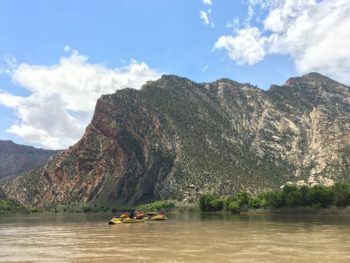
Paddling the Yampa River | Sinjin Eberle

